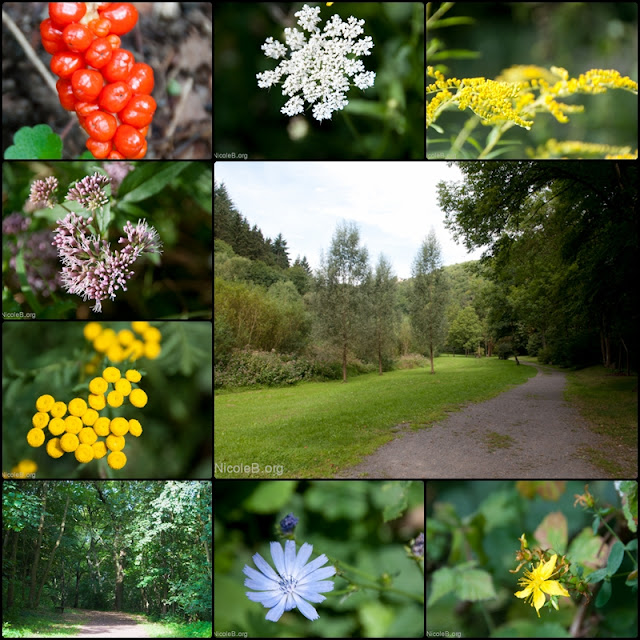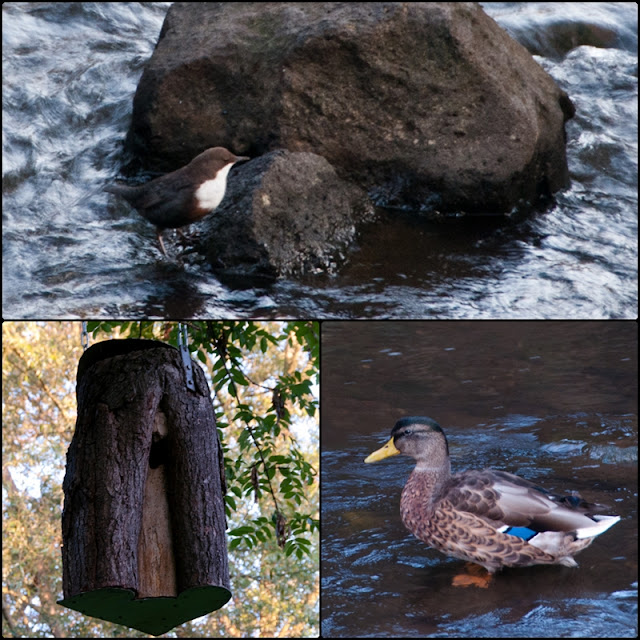Since last Friday I am back in Germany in my home town.
That’s one of the reasons why I didn’t pop by last week – sorry for that. I will catch up
 |
| From Germany |
 |
| From Birds 2011 Germany |
 |
| From Birds 2011 Germany |
 |
| From Germany |
 |
| From Germany |
 |
| From Birds 2011 Germany |
 |
| From Birds 2011 Germany |
 |
| From Germany |
| From Hungary |
From HungaryThe Edible Frog (Pelophylax kl. esculentus) is a name for a common European frog, also known as the common water frog or green frog (however, this latter term is also used for the North American species Lithobates clamitans).It is used for food, particularly in France for the delicacy frog legs.Females are between 5 to 9 cm long, males between 6 to 11 cm.Pelophylax esculentus is the fertile hybrid of the Pool Frog (Pelophylax lessonae) and the Marsh Frog (Pelophylax ridibundus), hence the addition of the “kl.” (for klepton or synklepton) in the species name.During the ice age the population of the common ancestor of both species was split into two. These populations diverged, but remained genetically close enough to be able to create fertile hybrids. However, when edible frogs mate with each other, their offspring are often misformed, so there are no pure populations of edible frogs. The hybrid populations are propagated by female edible frogs mating with males of one of the parental species. |
Anthericum ramosum reaches on average 30–70 centimetres (12–28 in) of height. The grass-like leaves are 50 centimetres (20 in) long and two to six millimeters wide and are generally much shorter than the inflorescence. It has an erect, paniculate inflorescence. The flower spikes are branched (hence the Latin name ramosus). The six tepals are white, 10–13 millimetres (0.39–0.51 in) long, as the sixstamens. The flower is scentless and pure white, the anthers are bright yellow. The flowering period extends from June through August. The capsular fruit is spherical to three-faced. The flowers are pollinated by hymenopterans, while the seed distribution is done by the wind.Info: wiki
 |
| From Hungary Nature |
Campanula persicifolia or Peach-leaved Bellflower is a plant species of the genus Campanula. It can be almost one meter high. Its flowers are cup-shaped and can be either lilac-blue or white. Its foliage is narrow and glossy with a bright green appearance.
 |
| From Hungary Nature |
It is common in the Alps and other mountains in Europe. It grows at lower altitudes in the north, and higher up further south, passing 1,500 m in Provence. It flowers normally in June; a dry summer may reduce or inhibit its flowering.From wiki
The Black-tailed Skimmer, Orthetrum cancellatum, is a European and Asian dragonfly.
It occurs nearly all over Europe except northern UK and Scandinavia, to the east the range extends to Kashmir and Mongolia.
The adult male has a blue abdomen with a black tip and transparent wings, and the female has a yellow (later: brown) body with black bands along the abdomen and transparent wings.
Even the immature males look that way.
This species has expanded its range, assisted by the creation of gravel pits which give it the extensive open unvegetated areas it prefers.
It was first recorded in Great Britain in Essex in 1934.
Info from wiki
 |
| From Hungary Nature |
Somogy, Hungary – June 2006
Casio EX-P505
Copyright by NicoleB Photography
| From Hungary Nature |
Somogy, Hungary, June 2006Casio EX-P505Copyright by NicoleB Photography
 |
| From Birds Egypt 2010 |
 |
| From Birds Egypt 2010 |
 |
| From Birds Egypt 2010 |
 |
| From Birds Egypt 2010 |
Sharm el Sheikh Golf course, South Sinai, Egypt
April 2nd 2010
Nikon D300, Nikkor 18-200mm
Copyright by NicoleB Photography